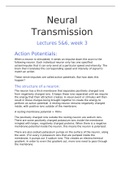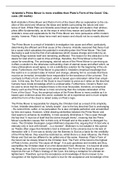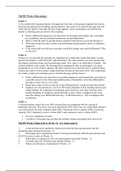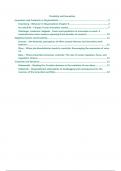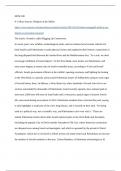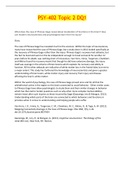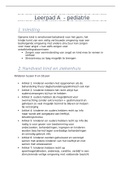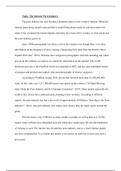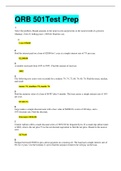Lecture notes
Neural Transmission
- Institution
- University Of Lincoln (UoL)
These lecture notes introduce the concepts of action potentials, different types of ion channels, the structure of neurons, synapses and a quick look at how drugs affect our brains. This document contains significant information that you will not only need to pass your MCQ exams but comes in handy ...
[Show more]
